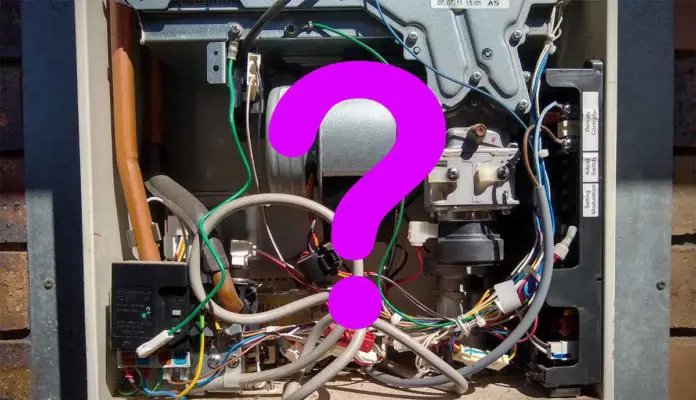
In simple terms, the “SE” error code is your water heater’s way of letting you know something’s off with its sensors. Think of it like your car’s check engine light—it means that the system has detected an issue that needs attention to keep things running smoothly. Understanding what triggers this code can save you from unexpected cold showers and costly repair bills, which is exactly what we’re diving into here.
Understanding the SE Error Code: What Is It?
Let’s start with a closer look at what this ominous “SE” code actually indicates. The “SE” error code in Bosch water heaters usually points to a problem with the temperature sensors. These sensors are crucial because they keep track of the water’s temperature inside the heater, making sure it’s not too hot or too cold. Imagine them as tiny guardians that maintain your comfort and safety.
When the sensors malfunction, they might send incorrect signals to the unit, causing the water to heat up too much or not enough. This can result in the heater shutting down or delivering water that’s too hot to handle safely. In other words, the “SE” code is telling you that your water heater’s sensors might be out of sync with the rest of the system.
If left unchecked, this error can lead to energy inefficiency, increased utility bills, or even damage to the water heater itself. So, it’s important to address it promptly. But don’t worry—understanding the underlying causes can help you tackle the issue with confidence and ease.
Potential Causes of the Error Code
Now that we know what the “SE” error signifies, let’s explore some common triggers for this hiccup. One typical cause is sensor wiring issues. Over time, the wires connecting the sensors may wear out or become loose. Imagine electrical cables in your home; if they’re not securely connected, they can’t do their job properly.
Another possibility is a faulty sensor. Just like any electronic device, these sensors can fail or lose accuracy over time. Think of it as a pair of glasses with the wrong prescription—it can’t give you the right view if it’s not working correctly. When a sensor malfunctions, it may not provide the correct data to the heater, triggering the “SE” error code.
Additionally, environmental factors like moisture or dust can affect the sensors. Imagine a computer in a dusty room—it runs slower and might malfunction more frequently. Similarly, your Bosch water heater’s sensors need a clean, dry environment to operate at their best. Addressing these factors can help prevent the error from recurring.
Fixing the Problem: What Can You Do?
So, you might be wondering, “How do I fix this?” Tackling the “SE” error involves a few straightforward steps. First, ensure that the wiring is secure. You can do this by gently checking the connections leading to and from the sensors. If you’re comfortable doing so, a simple multimeter can help you test the continuity of the wires, ensuring they’re not broken.
If the wiring checks out, the next step is to inspect the sensors themselves. Sometimes, a simple cleaning can work wonders. Gently remove and clean the sensors with a dry cloth, making sure there’s no dust or moisture affecting them.
In cases where these steps don’t solve the problem, consider replacing the faulty sensors. Many suppliers provide replacement parts, and while it might seem daunting, it’s often a similar process to replacing a light bulb with a little extra care.
Prevention Tips for Future Error Codes
Wondering how to prevent this headache in the future? Regular maintenance is key. Just like you’d take your car for a regular check-up, your Bosch water heater benefits from occasional inspections. Check the sensors and wires every few months, ensuring everything looks clean and secure.
Moreover, maintaining a clean, dry area around your water heater can help protect the sensors from environmental issues. Keeping the space dust-free and ensuring good ventilation will go a long way in preserving your heater’s efficiency and lifespan.
And here’s a tip: keep a log of any issues and repairs. This record will be invaluable if you need to troubleshoot in the future or consult a professional. Being proactive can not only save you from future headaches but also help extend the life of your water heater.
By understanding what the “SE” error code means and knowing how to address it, you’re equipping yourself with the knowledge to keep your Bosch water heater in tip-top shape. With these insights, those unwelcome error codes can become a thing of the past, ensuring your home remains a warm, welcoming space.